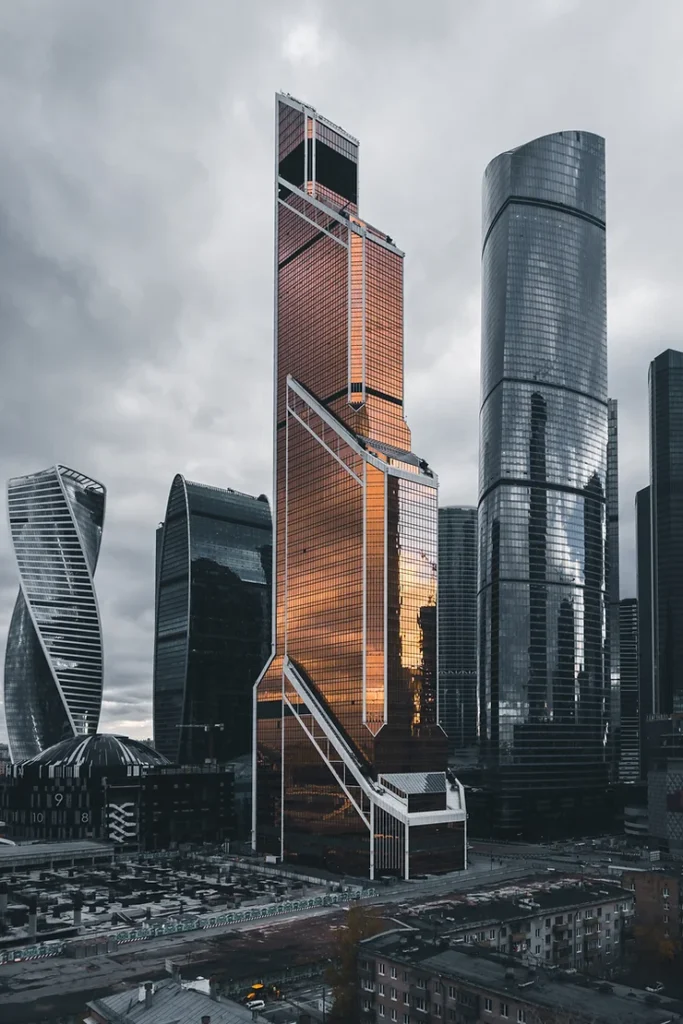Your basket is currently empty!
Dynamic Structures: Exploring the Intersection of Art and Architecture
Art and architecture have long been intertwined, with architects often drawing inspiration from artistic principles and incorporating artistic elements into their designs. The intersection of art and architecture allows for the creation of dynamic structures that captivate and engage the human spirit. This article delves into the relationship between art and architecture, exploring how artistic expressions can shape architectural designs and elevate the built environment. By embracing the artistic aspects of architecture, designers can transform spaces into immersive experiences that evoke emotions, stimulate the imagination, and push the boundaries of creativity.

Art as Inspiration: From Concept to Creation
Artistic expressions, whether in the form of paintings, sculptures, or installations, can serve as a wellspring of inspiration for architectural designs. The colors, shapes, textures, and movements found in art can inform the conceptualization and development of architectural forms. Architectural designs that draw from art often exhibit bold gestures, innovative compositions, and expressive qualities that create a sense of visual intrigue and excitement. By integrating art as inspiration, architects can infuse their designs with a heightened sense of creativity and artistic vision.
Sculptural Architecture: Exploring Form and Function
The sculptural qualities of architectural designs blur the boundaries between art and architecture. These designs often prioritize the exploration of form, shape, and spatial composition. Architects create structures that engage the senses, challenge traditional notions of space, and inspire awe and wonder. Sculptural architecture embraces experimentation and pushes the limits of materials and construction techniques. By incorporating sculptural elements, architects can transform buildings into three-dimensional artworks that invite exploration and contemplation.
Artistic Installations: Interactive and Transformative Spaces
Architectural spaces can serve as canvases for artistic installations that transcend traditional boundaries. These installations, whether temporary or permanent, create interactive and transformative experiences for occupants. They engage the senses, challenge perceptions, and encourage active engagement with the space. Artistic installations can take various forms, such as immersive light displays, multimedia projections, or interactive sculptures. By integrating these installations into architectural designs, architects can create spaces that stimulate curiosity, spark conversations, and leave a lasting impact on those who experience them.
Expressive Materials and Details: Infusing Beauty into Architecture
Artistic details and materials elevate the aesthetic quality of architectural designs, turning functional structures into works of art. Architects often select materials for their expressive qualities, unique textures, and visual appeal. Intricate patterns, ornamental features, and craftsmanship contribute to the artistic character of a building. The careful selection and integration of these elements add depth, richness, and beauty to architectural designs, making them visually captivating and emotionally resonant.
Public Art and Architecture: Enriching the Urban Landscape
The integration of public art into architectural designs enhances the urban landscape and fosters a sense of community and cultural identity. Sculptures, murals, and other artistic interventions within architectural spaces create focal points, landmarks, and gathering spaces. Public art not only adds visual interest but also invites dialogue, provokes thought, and fosters a deeper connection between people and their surroundings. By embracing public art, architects can contribute to the vibrancy and livability of cities, creating spaces that inspire and engage the public.
The intersection of art and architecture creates a realm of boundless creativity and limitless possibilities. By embracing art as inspiration, exploring sculptural forms, incorporating artistic installations, infusing expressive materials and details, and integrating public art, architects can elevate the built environment into immersive and transformative spaces. The fusion of art and architecture engages the senses, stimulates the imagination, and enriches our experiences within the built environment. By pushing the boundaries of creativity, architects have the power to create dynamic structures that captivate, inspire, and leave a lasting impression on those who engage with them.
Comments
One response to “Dynamic Structures: Exploring the Intersection of Art and Architecture”
-
Hi There, My name is Mahmud Ghazni, and I am a professional WordPress and SEO expert with substantial experience in web design, development, and optimization. I recently had the chance to explore your website and was impressed by the foundations you have built using WordPress.
As a professional in this field, I can offer a range of services from Design/Development, Theme Setup/Customization to Speed Optimization, Security Setup, and more. Additionally, I excel at ensuring your website ranks at the top in Google searches.
If you’re interested in exploring these potential improvements for your site, I would be more than happy to discuss your specific needs. I look forward to possibly collaborating and taking your website to new heights.
Best Regards,
Mahmud Ghazni
WordPress & SEO Expert
WhatsApp: +880 1322-311024
Email: contact@ghazni.meNote: If my services do not align with your current needs, please feel free to disregard this message. I appreciate your understanding.
Leave a Reply